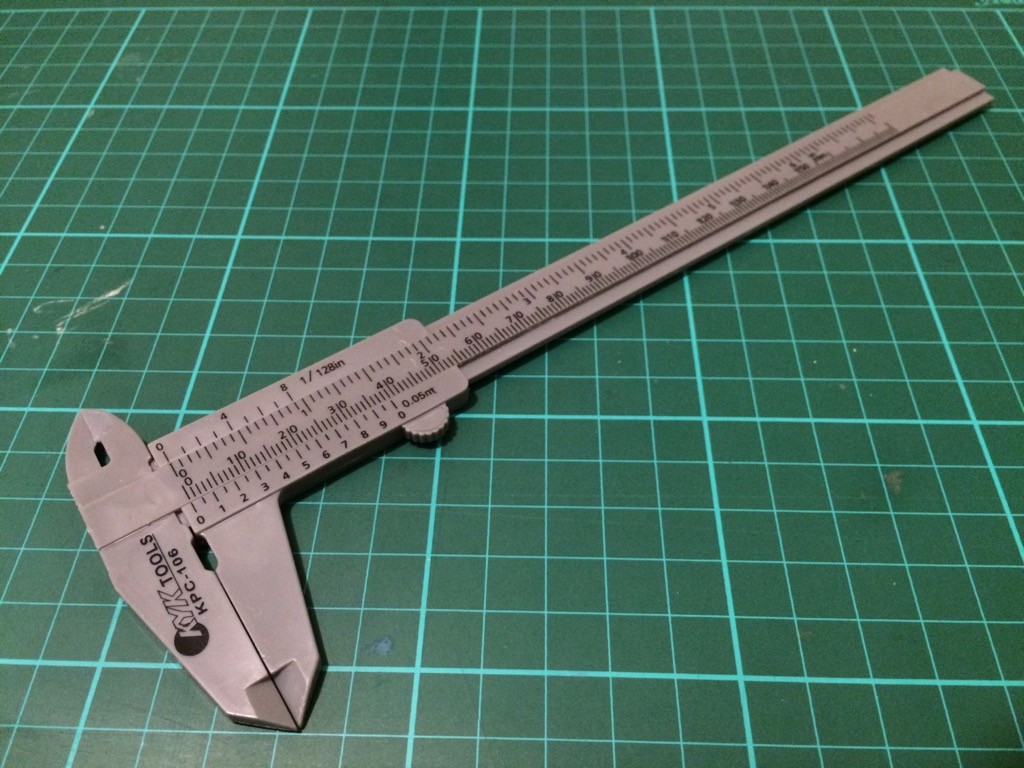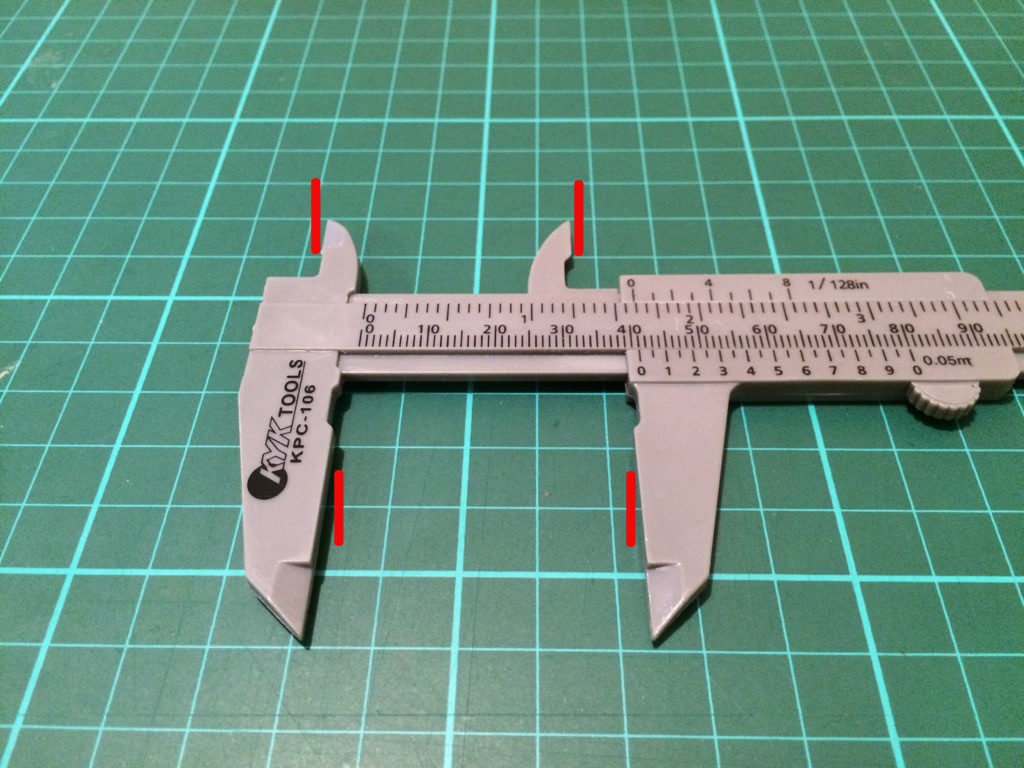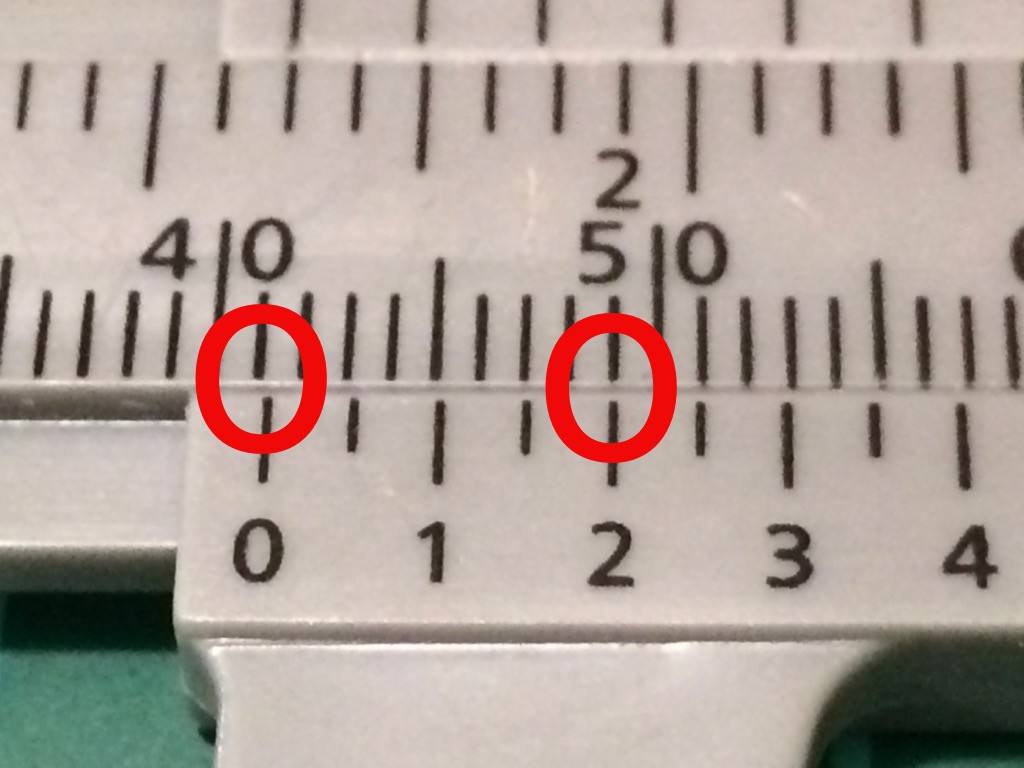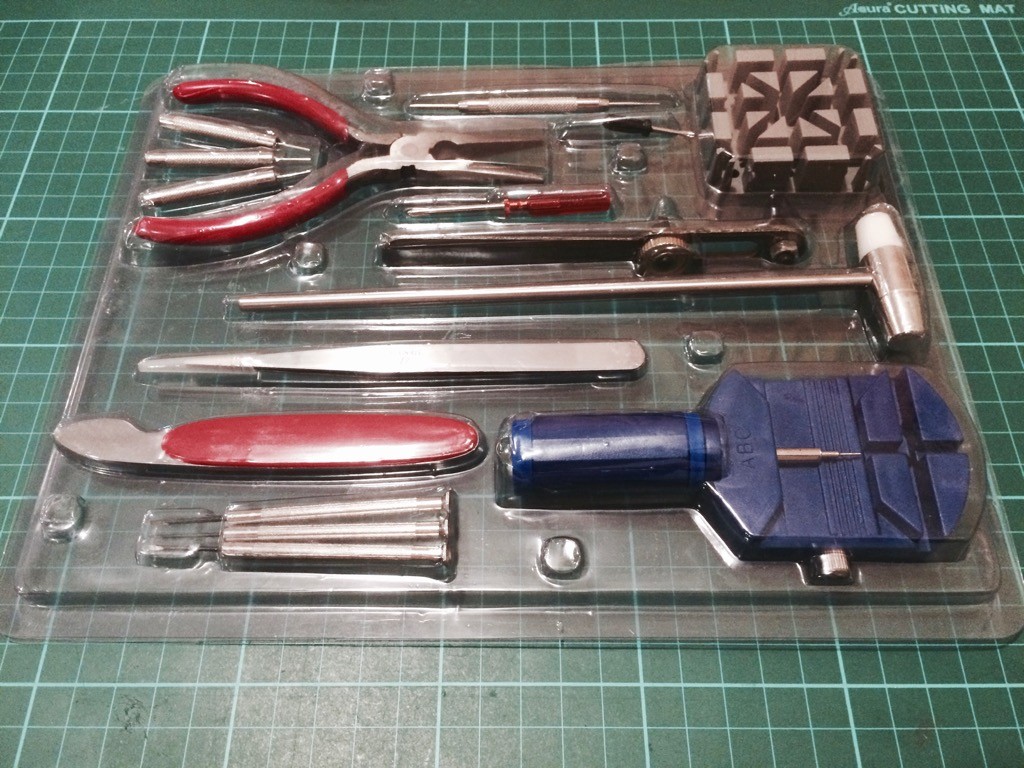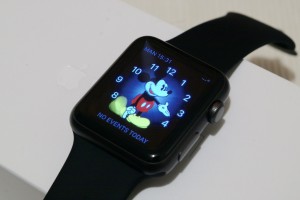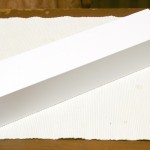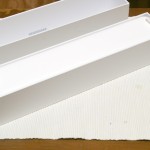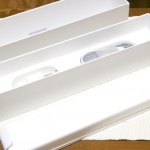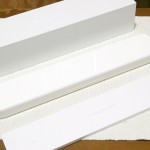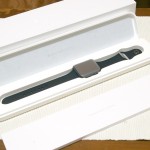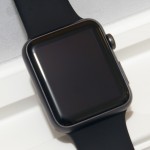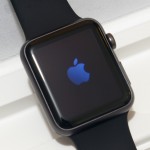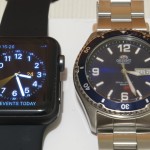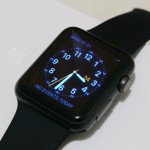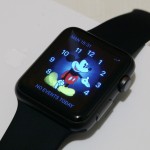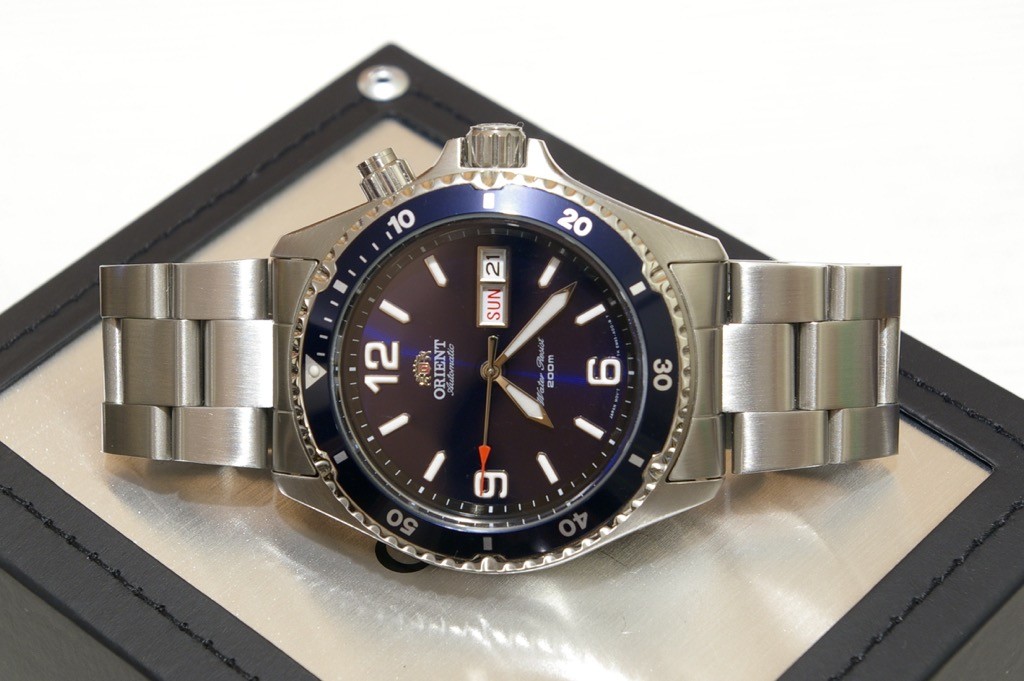As widely expected, Apple announce the iPhone 6 at their September 9 event. Actually two iPhones. Specifications-wise, they’re actually average. So they’re quite disappointing to some (and always disappointing to Android fans). The features are pretty much normal for other (read: Android) phones. It doesn’t even have QHD (1440×2560) which some Android flagship phones like the LG G3 already have.
But Apple doesn’t usually go for bleeding edge technology for the sake of it. Why go beyond overboard with the pixels per inch (ppi) when you can make just the same (or actually much much more) revenue for less cost (of high-resolution displays). You probably can’t even tell the difference (I know I can’t) when holding the phone at normal usage distance.
Why use new technologies when they’re still unstable and potentially ruin the all-important user experience? Why offer 802.11ac when most installed routers and access points don’t support it? Why offer NFC when there’s no business case and corresponding strategy for it? But now they have Apple Pay, which was announced on the event.
But people are asking for bigger phones because of more media consumption (to quote a friend) and so they delivered a big phone and a bigger phone.
I do hope they will offer a smaller version for us who still like our things small and beautiful. Unfortunately, other than the display size and the NFC, the iPhone 6 and 6 plus are more incremental improvements. So for now the iPhone 5s neatly fills in the slot for a small phone in the product range. That may show up on next year’s iPhone 6 upgrade or in two years on the iPhone 7 range.
But the big thing during the event was the now classic “one more thing”: the Apple Watch. It’s actually more of a fitness/health monitor with extra functionality which just happens to include telling time. Or you can also say it’s a watch because it watches your fitness/health :P In terms of the target market, it’s quite clear from the photos and videos they used: it is for the fashionable millennial fitness buff. And boy did they nail it!
The Apple Watch offers two case sizes (women’s and men’s), three case materials (stainless steel, aluminum, and gold) and a whole bunch of straps. Strap it on for the gym (or the route) along with the rest of your trendy gym wear, look fab doing your sets, and then go off to work and/or the coffee shop. If you’re still wearing your Apple Watch by then, even better. For Apple. Of course that would depend on the battery life on which Apple was silent. But if it’s better than the generally dismal battery life of most other, if not all, smartwatches, then Apple has a winner.
Most have known, or at least suspected that Apple is not just a hardware company, is not just a software company, but a lifestyle company. If you’re not convinced look at the iPod, the iPhone, U2, the iTunes festival, Beats, and now the Apple Watch which further reinforces that identity.
So a word of advice to Samsung and company: you’re not competing against a phone, you’re competing against a lifestyle. Good luck!
